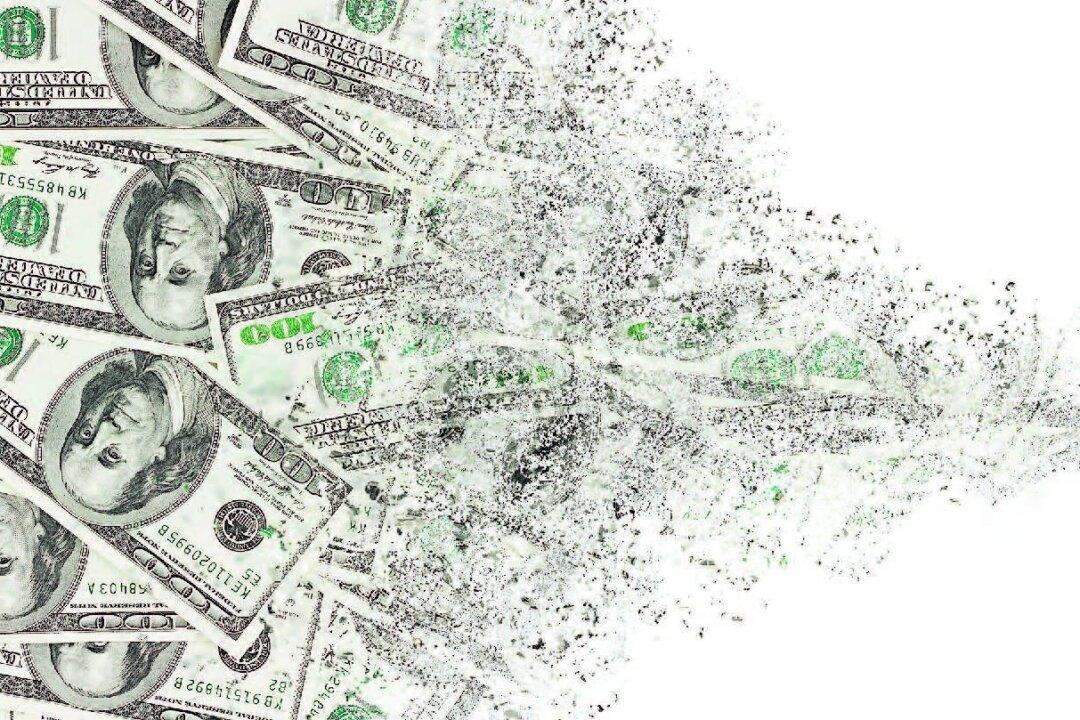The Federal Reserve (Fed) targets 2 percent inflation and full employment. While this sounds benign, it is part of an inefficient and unfair economic system that leads to waste, and to boom and bust cycles.
The famous goal of 2 to 3 percent inflation targeted by the Fed is supposed to be a sign of a growing economy and healthy demand by households and businesses. Because both sectors earn more, they can spend more, which leads to higher prices.





